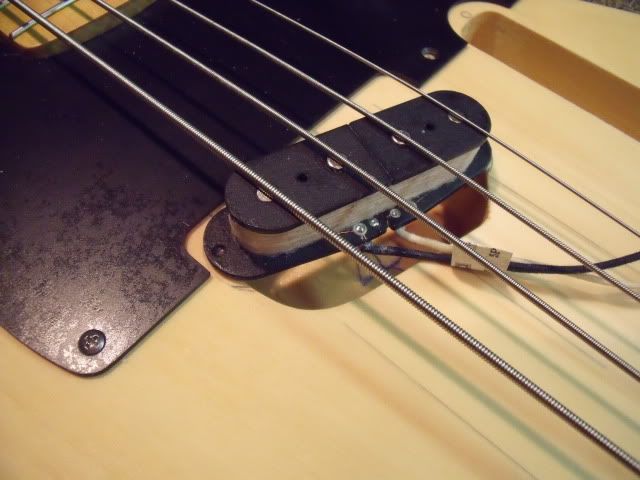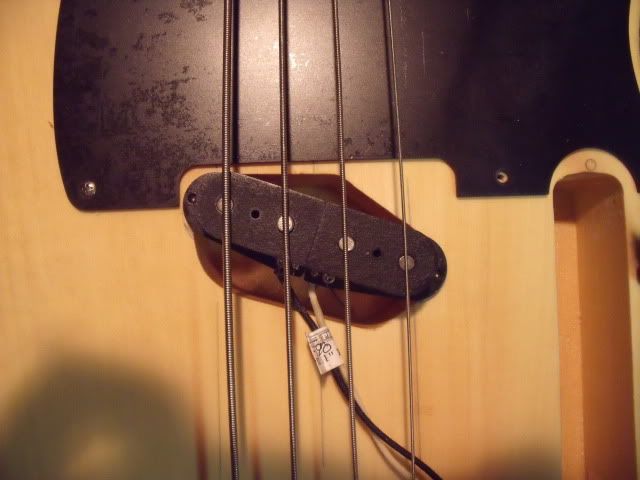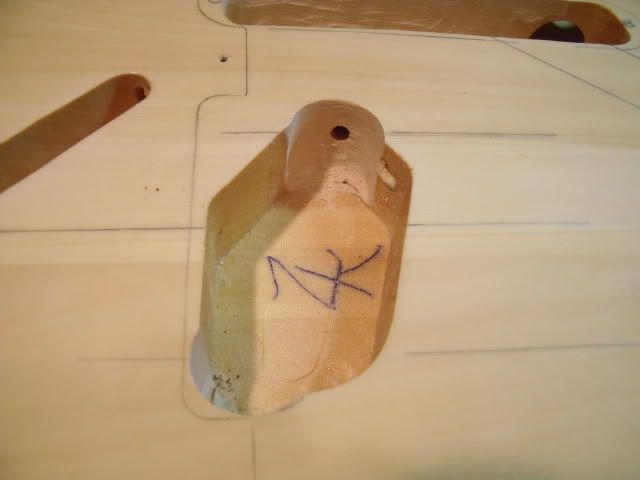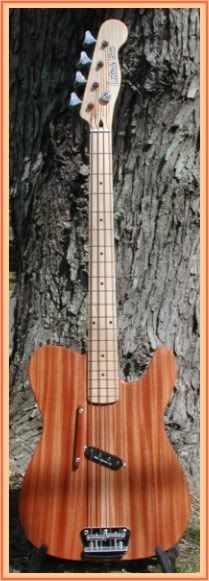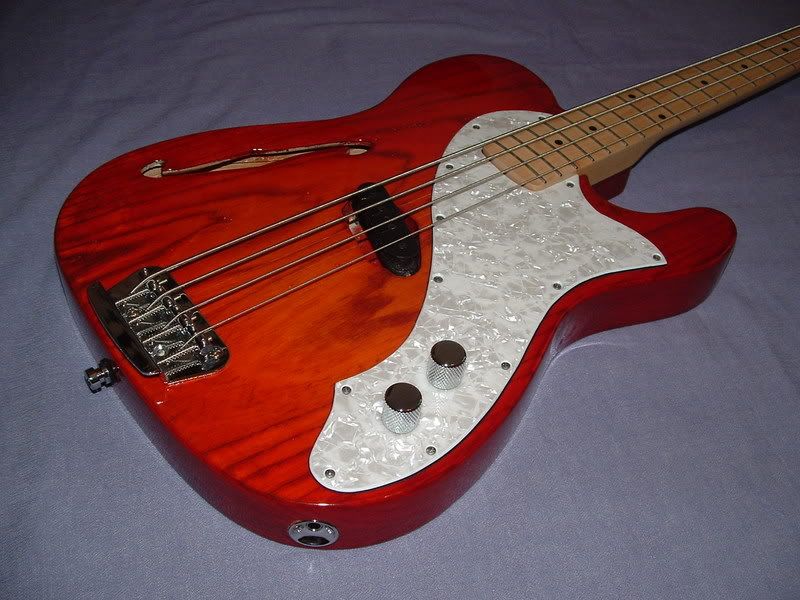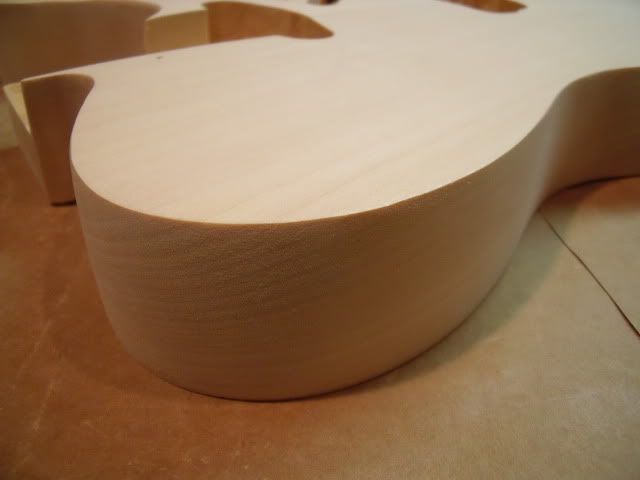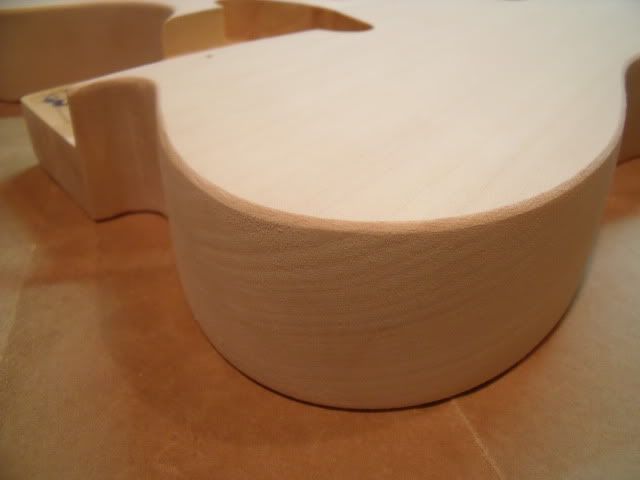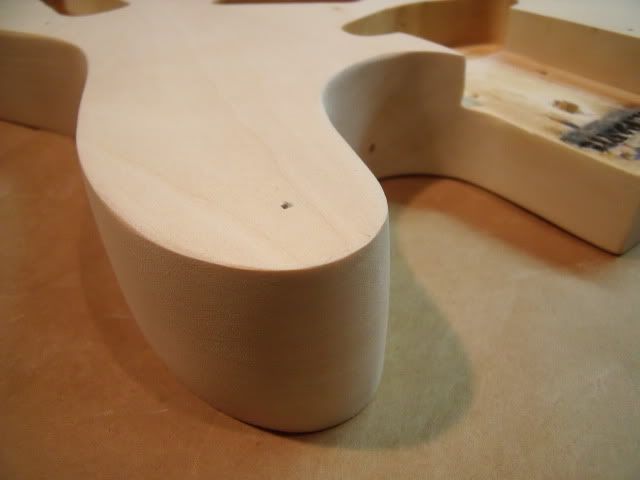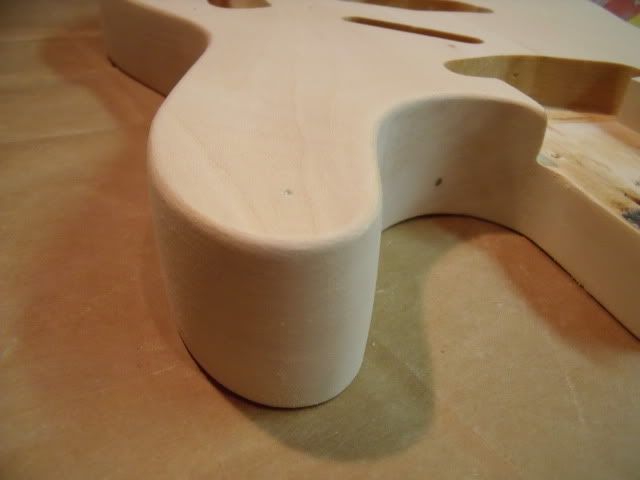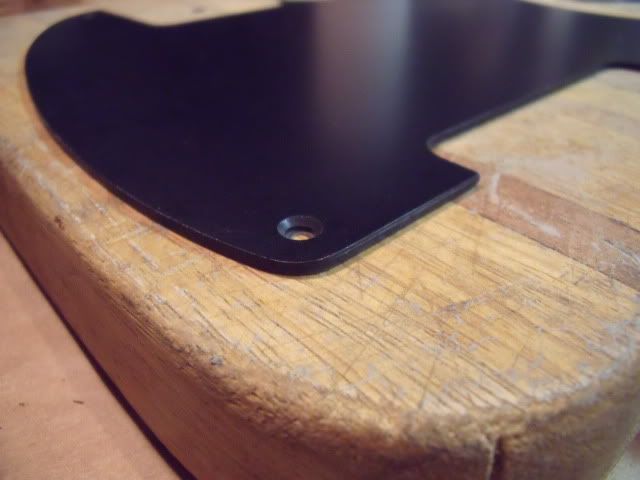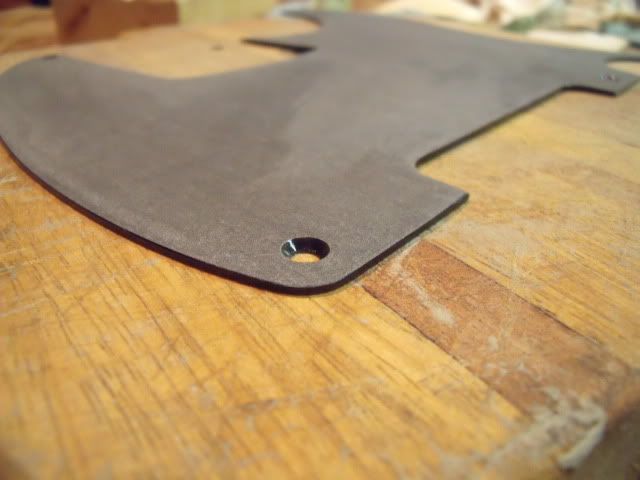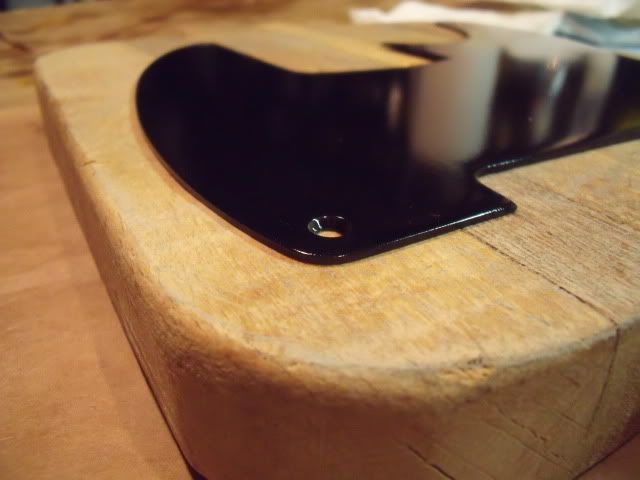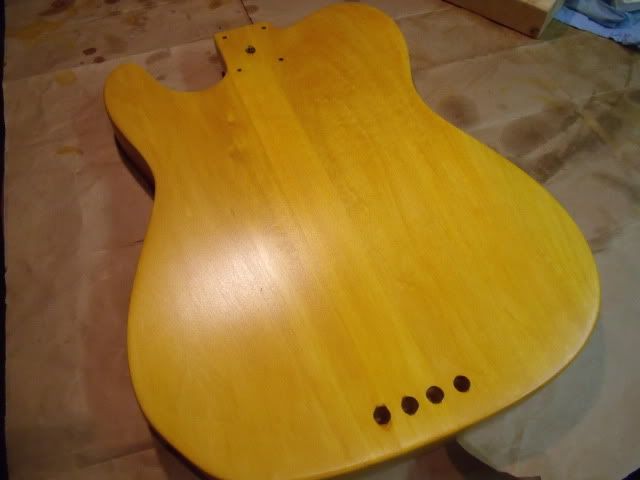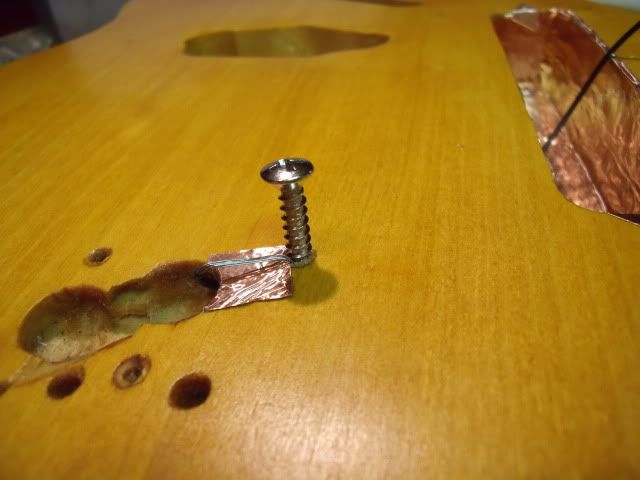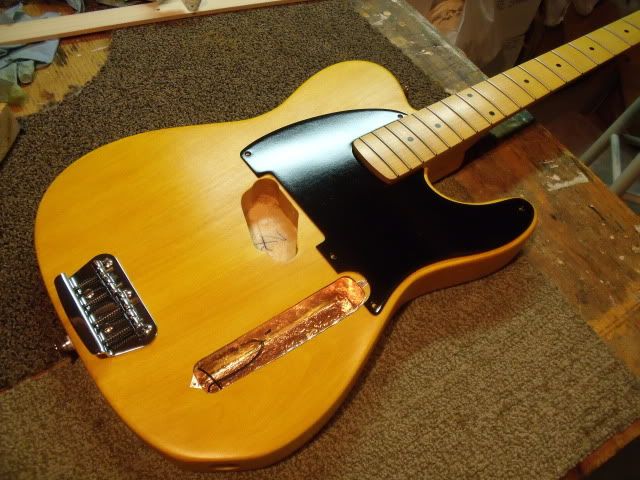As mentioned above, even though this is alder it this is going to have an oil finish.
It has been recommended to me, that to dye Alder, a conditioning coat should be used to better to control the speed and depth of color absorption. The reason is because using dye on woods like alder and birch can cause the final job to appear splotchy.
.
.
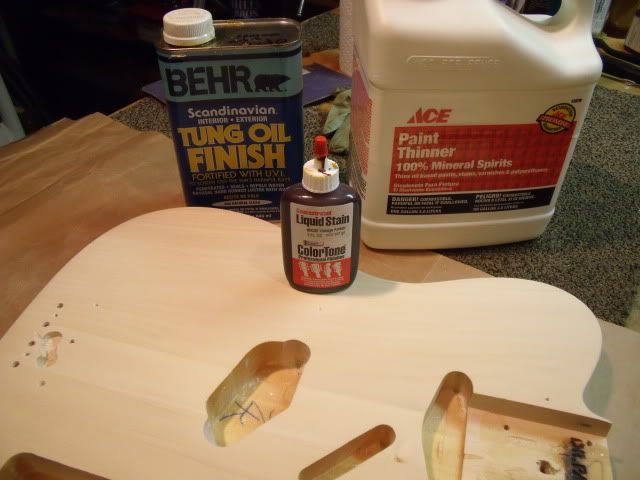
.
For my purposes a conditioning coat is just my final finish thinned 50/50 with mineral spirits. I have worked on mostly gun stocks for the past 8 years and found some products I really like. Behr’s Scandinavian Tung Oil Finish (TOF) is one of them. It is an easy to work with, flat drying oil with some driers in it. No varnish in it to my knowledge and I have asked around. I have always stayed away from Birch-Casey Tru-Oil on rifle stocks. Not just because of the “metal� spelling but on the advice of cabinet makers and gunsmiths I respect. I did break down and try it on the Bronco neck on this project. I’m happy to say that while I think it will protect the neck nicely I don’t think it is an actual oil finish. Working with it felt like working with polyurethane. It may have “polymerizing oils� in it. I’ll bet that’s code for polyurethane. It just did not have the work time that oil does, Tung or Boiled Linseed (BLO ).
Anyway back to the bass.
In goes the 50/50 conditioning.
.
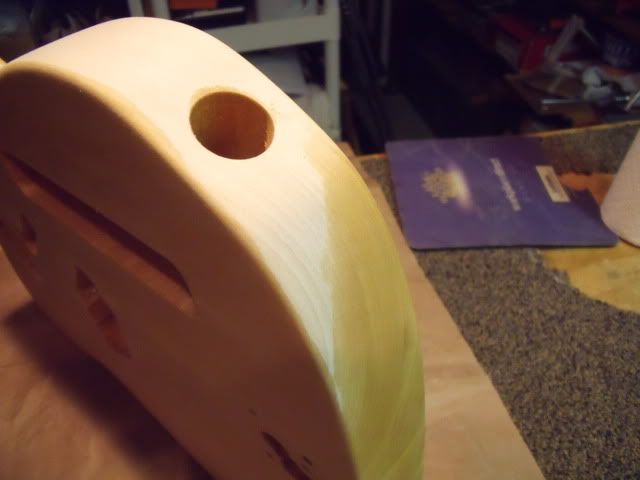
.
Let it dry for a couple of days and in goes the dye ( Trans-tint vintage amber thinned in denatured alcohol)
.
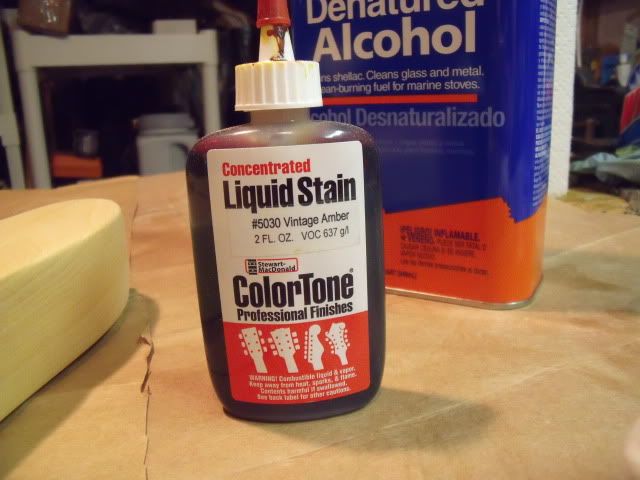
.
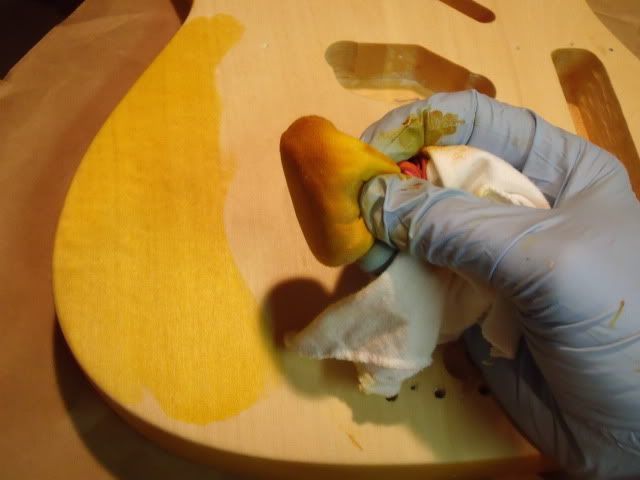
.
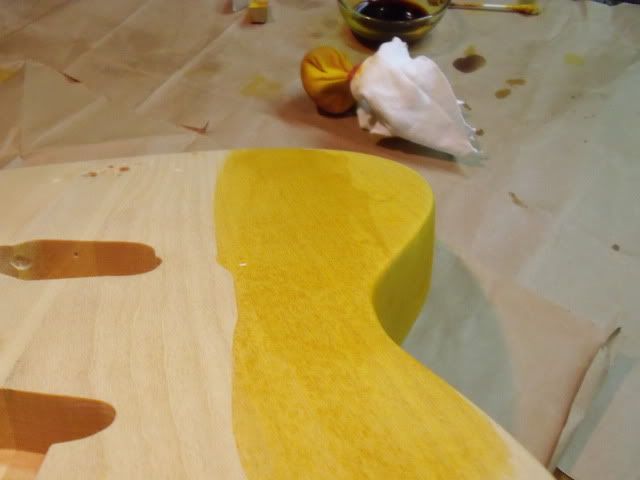
.
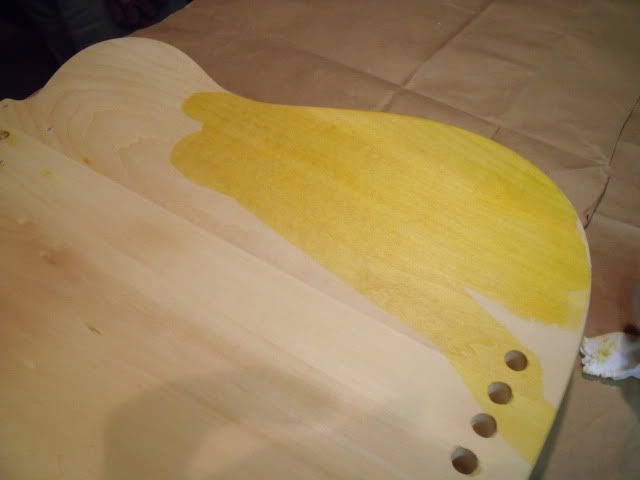
.
It does look a little splotchy but I think after I build and oil finish it will mellow out a lot.
It will never pass for butterscotch but I think I am going to like this look.
.
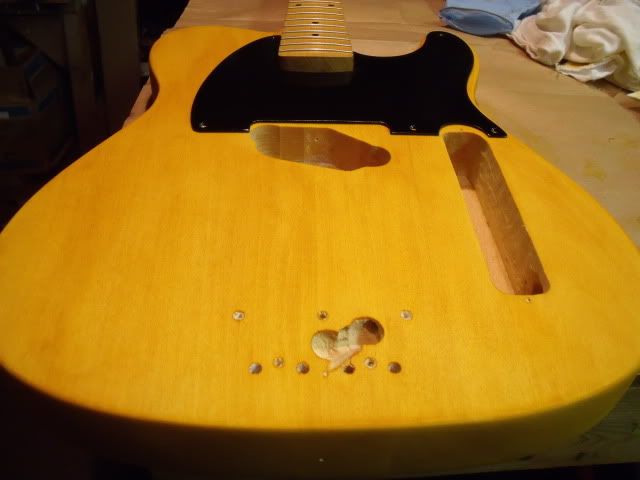
JR
